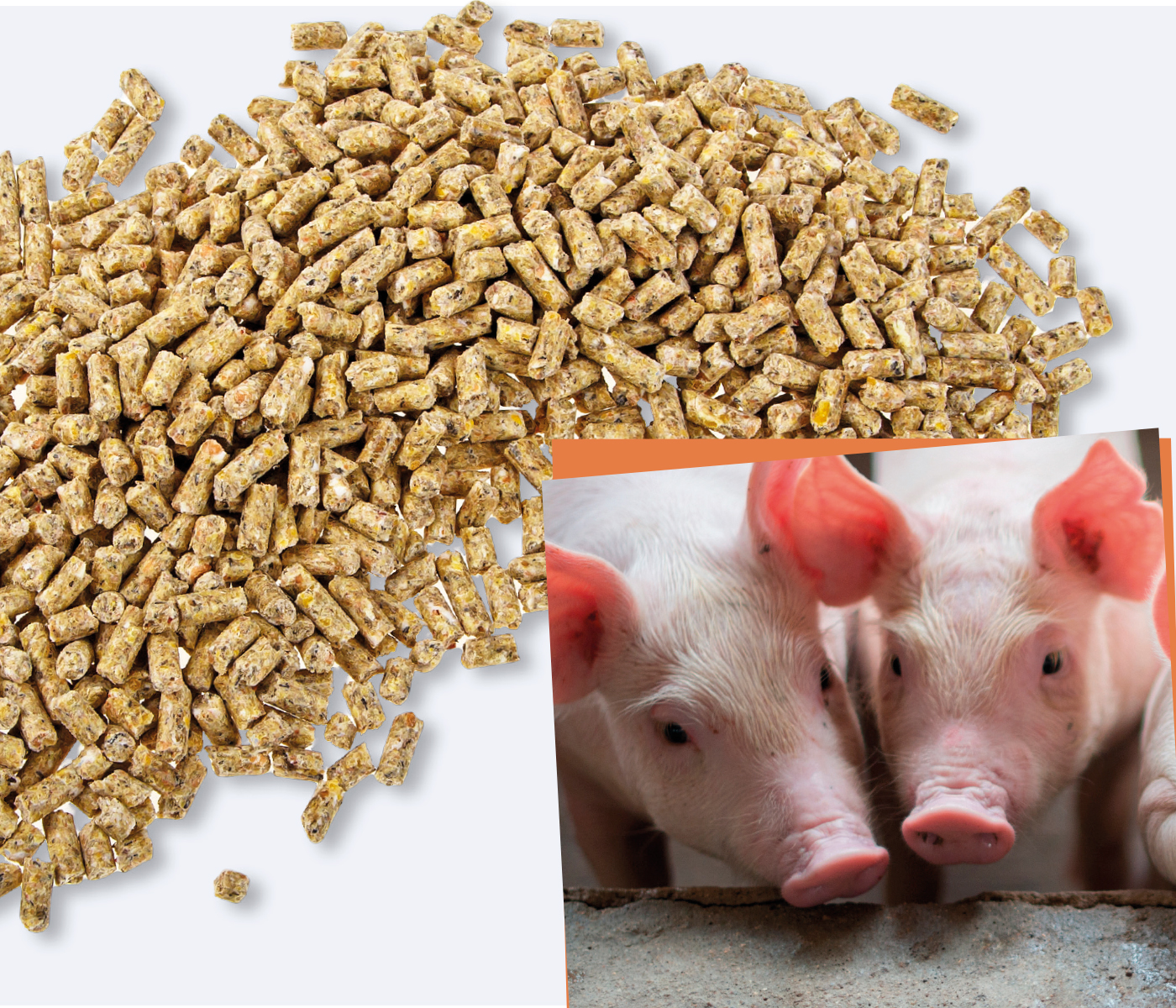 08 Aug 2023
08 Aug 2023
Transition feeding is linked to the transitional period of the sow, which is commonly defined as the last 10 days of gestation and the first 10 days of lactation. This period aligns with the sow’s transfer from the gestation section to the farrowing quarters.
|
|
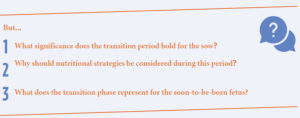
![]() For the sow
For the sow
![]() During late gestation, the sow’s nutritional needs increase due to the exponential growth of the fetus. However, this fetal growth becomes most pronounced during the last 20 to 25 days before parturition.
During late gestation, the sow’s nutritional needs increase due to the exponential growth of the fetus. However, this fetal growth becomes most pronounced during the last 20 to 25 days before parturition.
Glucose concentrations rise during the final days of gestation to meet the high demand for fetal growth, alongside the growing nutrient demands.
This presents a challenge because insulin action does not increase at the same rate, resulting in the sow’s inability to store glucose as energy reserves for subsequent utilization.
 This is condition is known as insulin resistance, which develops in sows towards the end of gestation. This is condition is known as insulin resistance, which develops in sows towards the end of gestation. |
There’s also an increase in blood flow from the portal vein to the liver to help maintain glucose concentrations, providing energy to the sow and supporting fetal tissue growth.
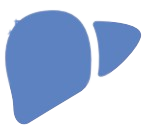 In fact, the liver undergoes a transition from a phase of ‘glucose utilization’ (glycolysis, glycogenesis) to a phase of ‘glucose production’ (gluconeogenesis, glycogenolysis) in the later stages of gestation, intimately linked to the sow’s energy state.
In fact, the liver undergoes a transition from a phase of ‘glucose utilization’ (glycolysis, glycogenesis) to a phase of ‘glucose production’ (gluconeogenesis, glycogenolysis) in the later stages of gestation, intimately linked to the sow’s energy state.
Physical changes include the growth of mammary glands, preparing for colostrum and subsequently milk production. Components of colostrum like α-lactalbumin and lactose are detectable a week before farrowing.
![]() For the fetus (neonatal piglet)
For the fetus (neonatal piglet)
The vitality of piglets depends on the sow’s nutrition and her capacity to support the growth of her litter.
The length of the farrowing process is a variable tied to the occurrence of stillborn piglets.
![]() An extended duration of farrowing and longer intervals between piglet births trigger a cascade of effects, which may increase the likelihood of stillborn piglets.
An extended duration of farrowing and longer intervals between piglet births trigger a cascade of effects, which may increase the likelihood of stillborn piglets.
 Furthermore, piglet vitality is compromised as it can affect their colostrum intake, which can negatively impact piglet performance during the lactation period.
Furthermore, piglet vitality is compromised as it can affect their colostrum intake, which can negatively impact piglet performance during the lactation period.
 This is also linked to the high piglet mortality often observed in the first few days after birth.
This is also linked to the high piglet mortality often observed in the first few days after birth.
|
Piglets born with low weight (defined as under 1 kg) are more susceptible to hypothermia, malnutrition, or being inadvertently crushed by the sow due to their limited energy reserves. Variability in birth weights within a litter is a common occurrence among highly prolific sows. |
![]() How Can We Address the Transition Period?
How Can We Address the Transition Period?
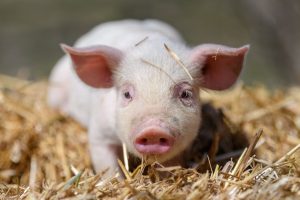
The implementation of feeding strategies during the transition period can improve:
![]() The sow’s energy levels for parturition.
The sow’s energy levels for parturition.
![]() Colostrum and milk production.
Colostrum and milk production.
![]() Enhance the vigor of newborn piglets.
Enhance the vigor of newborn piglets.
As a result, this can potentially elevate survival rates during the lactation phase.
Several strategies can be adopted during this pivotal transition period. These include:
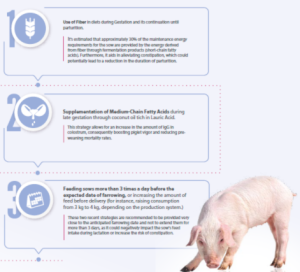
 The ultimate goal is to provide the sow with a constant energy source before and during parturition to enhance both sow and piglet performance during lactation and achieve optimal performance at weaning.
The ultimate goal is to provide the sow with a constant energy source before and during parturition to enhance both sow and piglet performance during lactation and achieve optimal performance at weaning.
![]() Conclusions
Conclusions
Transition nutrition has received very little attention due to its brief duration and the complexities involved in its integration into production systems.
Nevertheless, transition feeding aims to align with the dynamic nutritional requirements of the transitioning sow.
By gaining a better understanding of the transition period and how to implement various feeding strategies during this phase, it is possible to positively influence the vitality and survival of piglets during nursing and weaning. As a result, the reproductive performance of modern highly prolific sows can be enhanced.

You may also like to read:“Advances in Dairy Cattle Nutrition during the Transition Period.”
Source: This article was originally published a s a content in spanish in nutriNews LATAM 2023
Subscribe now to the technical magazine of animal nutrition
AUTHORS
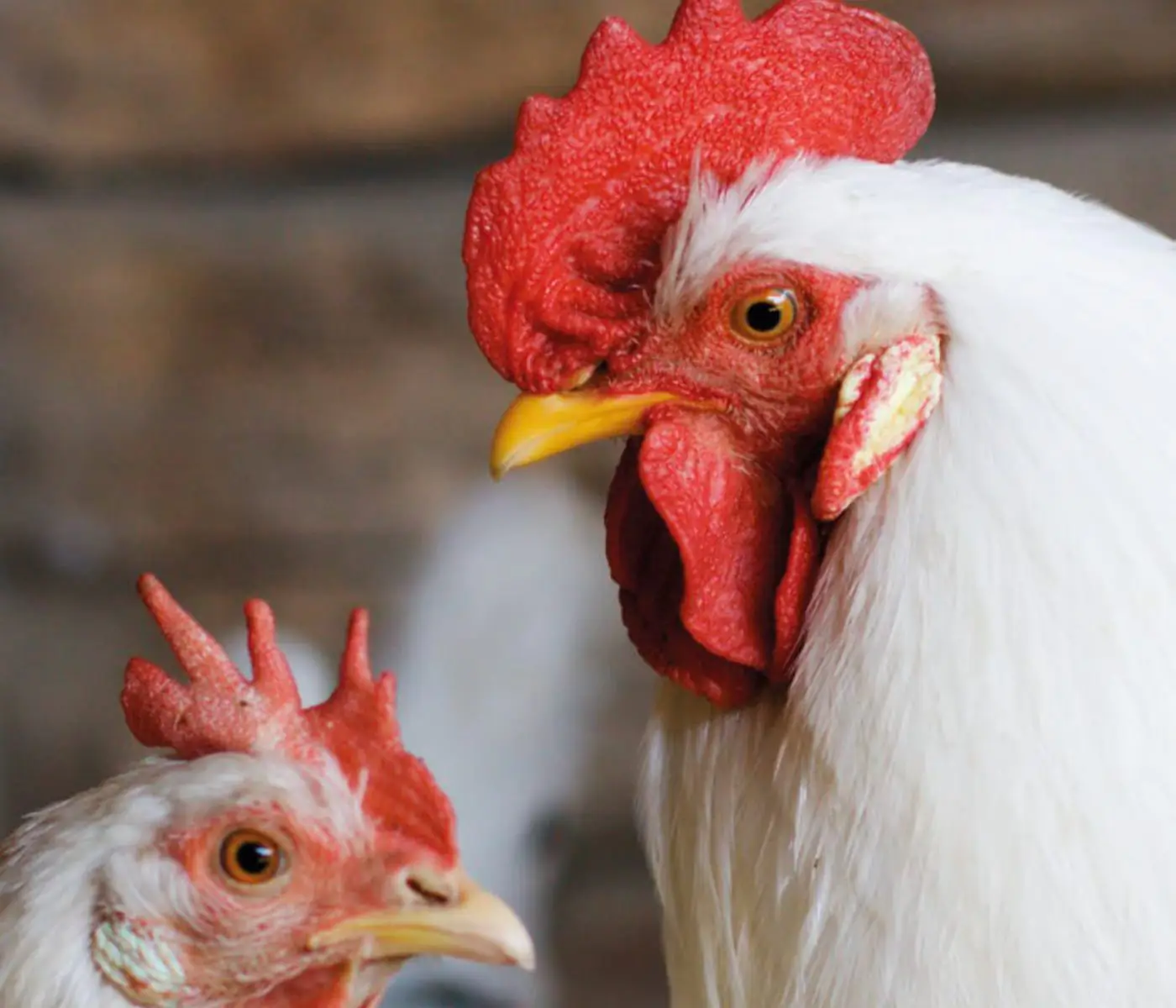
Nutritional Interventions to Improve Fertility in Male Broiler Breeders
Edgar Oviedo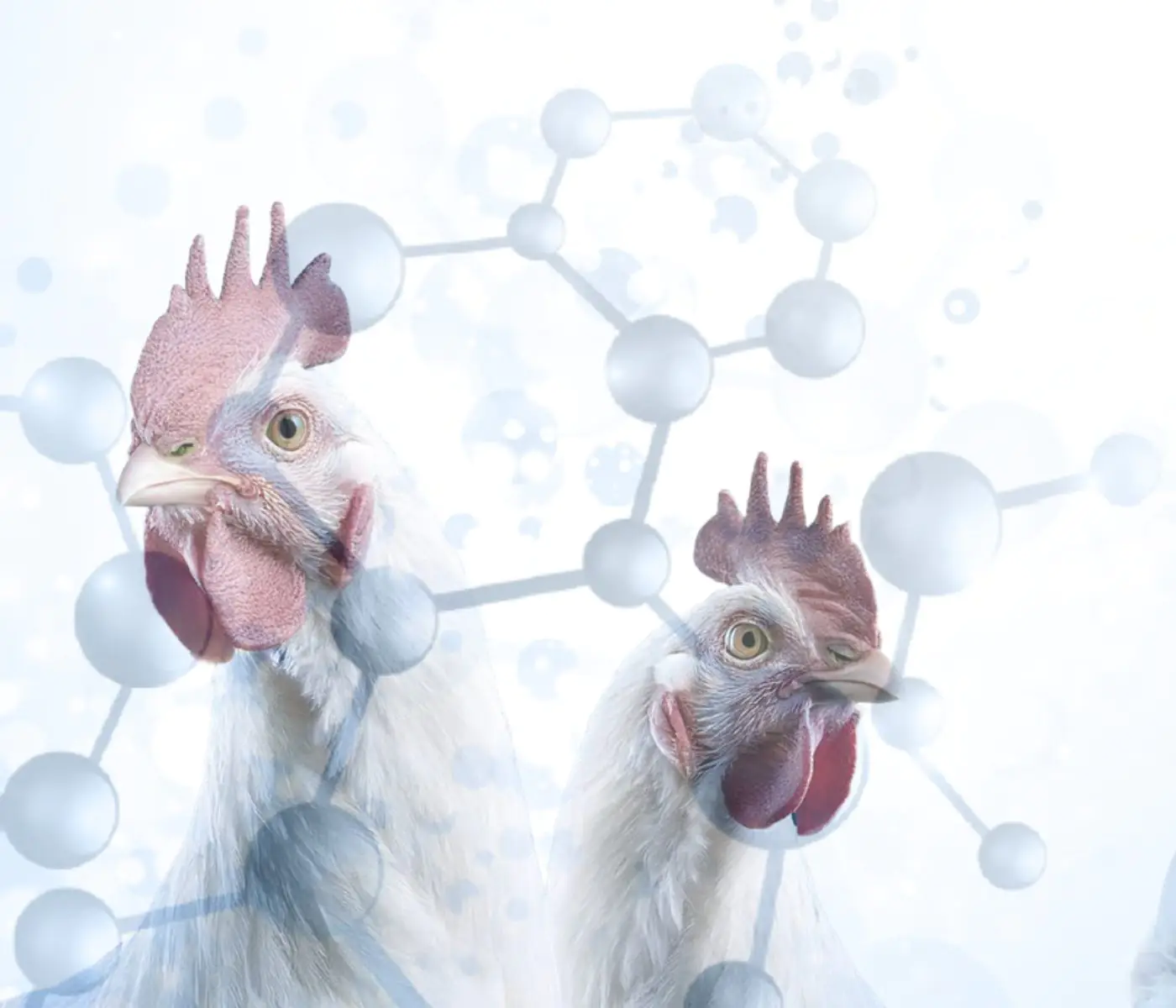
The Use of Organic Acids in Poultry: A Natural Path to Health and Productivity
M. Naeem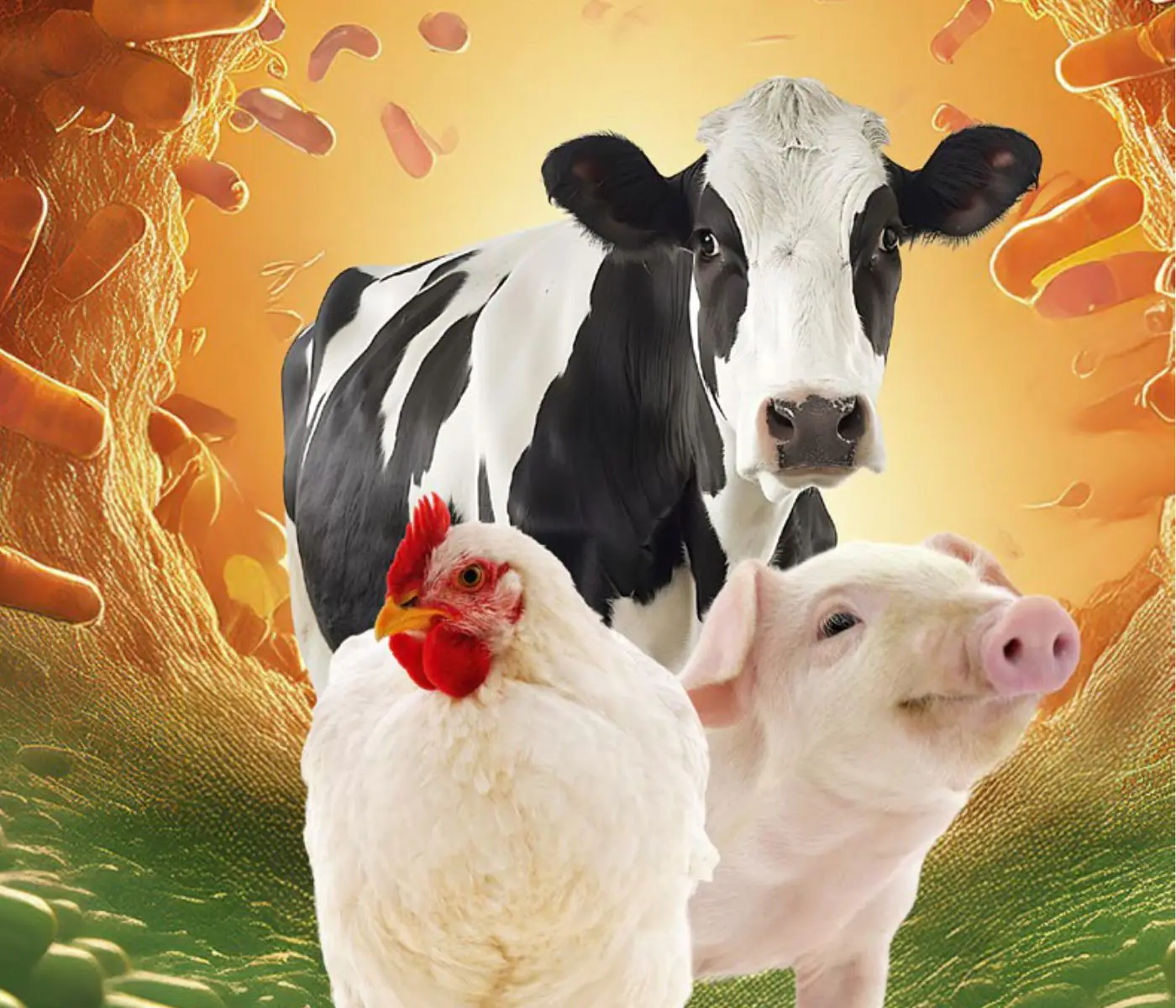
Synergistic Benefits of Prebiotics and Probiotics in Poultry, Swine, and Cattle
Gustavo Adolfo Quintana-Ospina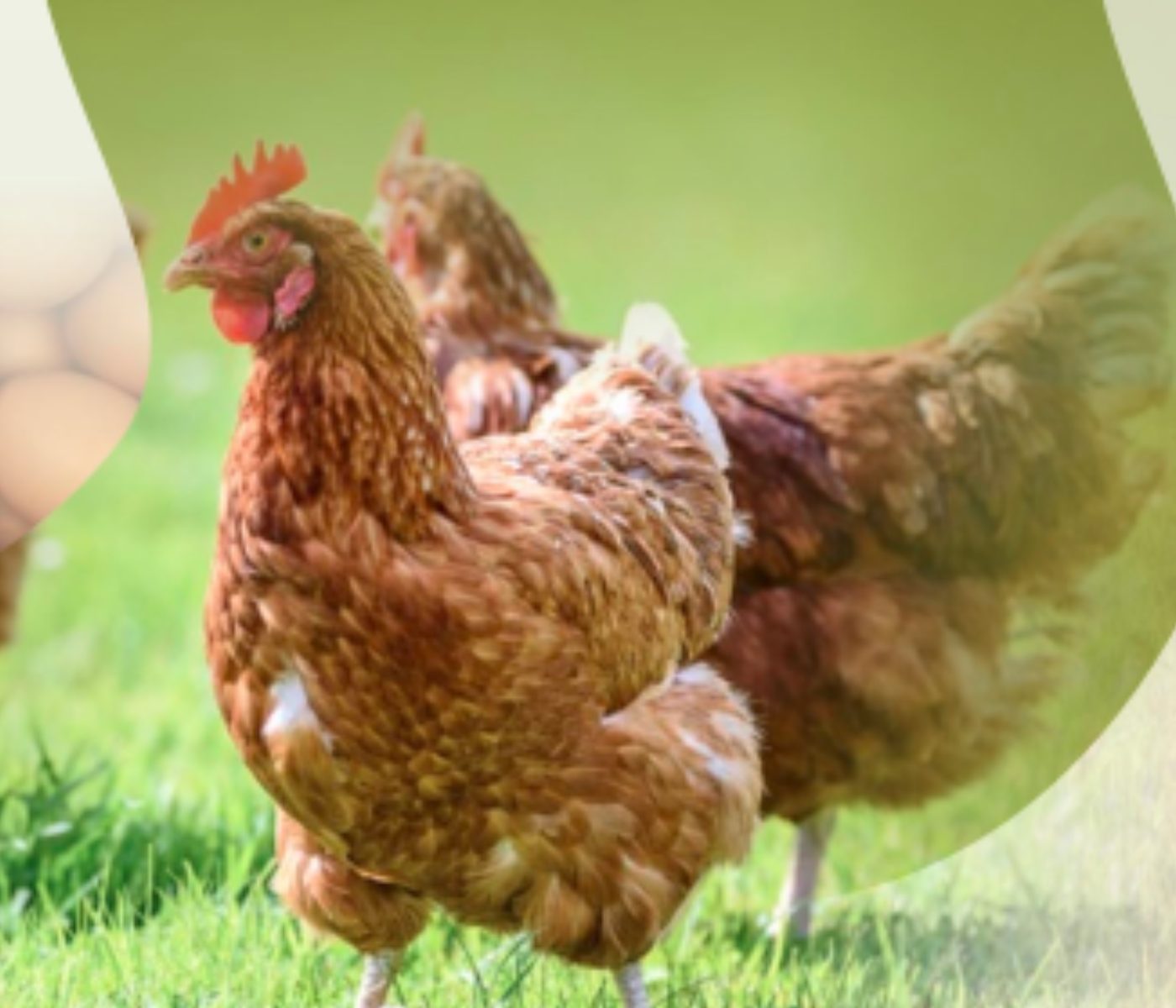
Hybrid Rye Potential in Laying Hen Feed Rations
Gwendolyn Jones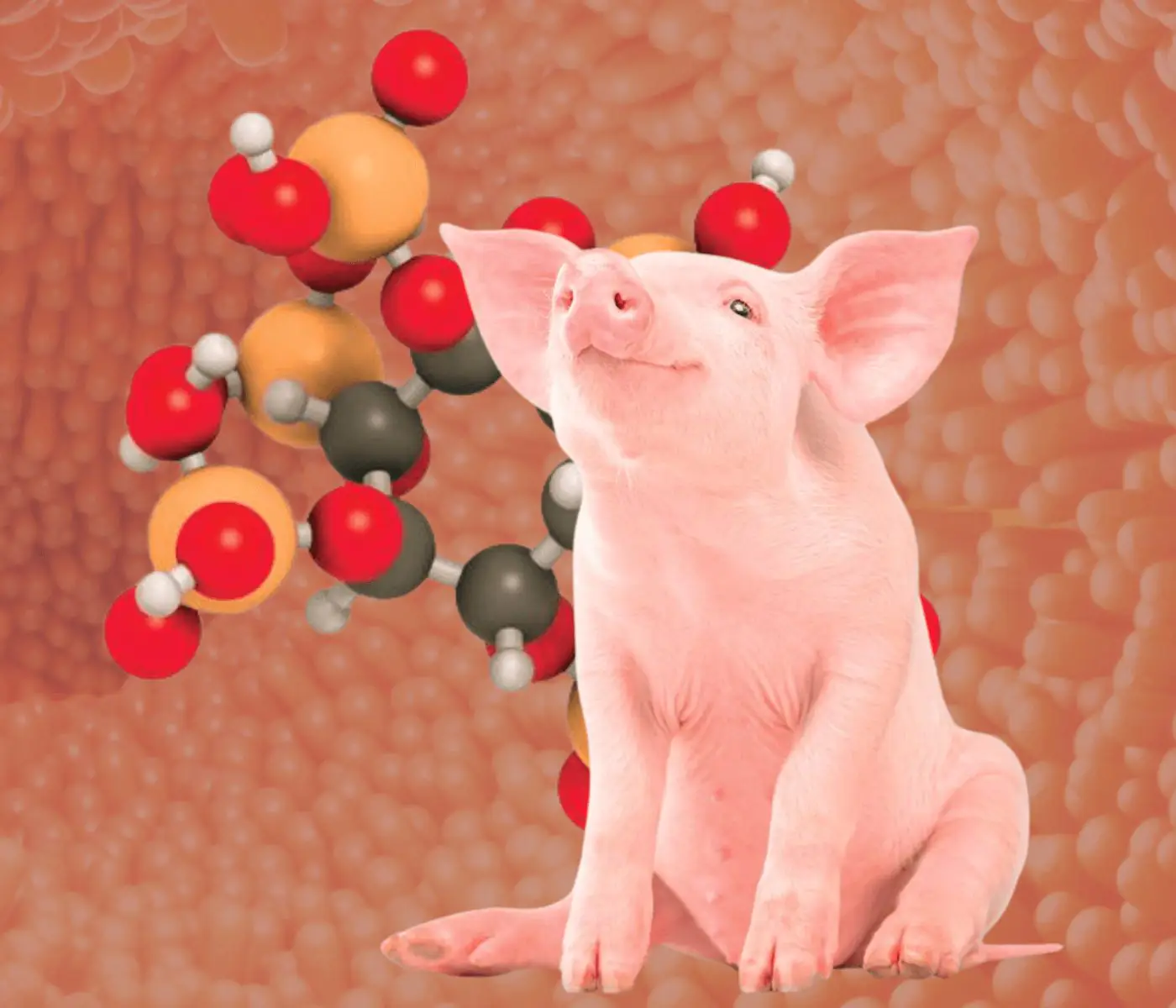
A day in the life of phosphorus in pigs: Part I
Rafael Duran Giménez-Rico
Use of enzymes in diets for ruminants
Braulio de la Calle Campos
Minerals and Hoof Health in the Pregnant Sow
Juan Gabriel Espino
Impact of Oxidized Fats on Swine Reproduction and Offspring
Maria Alejandra Perez Alvarado